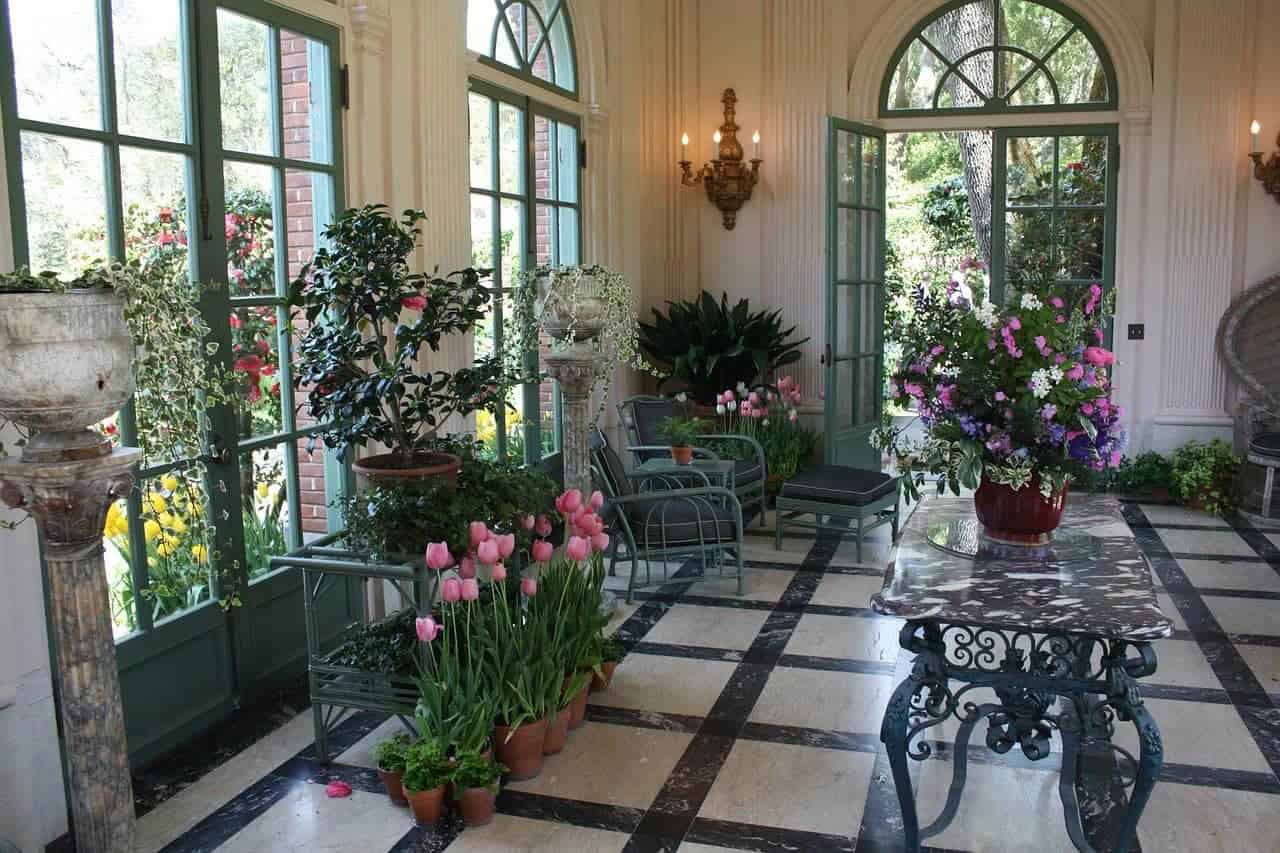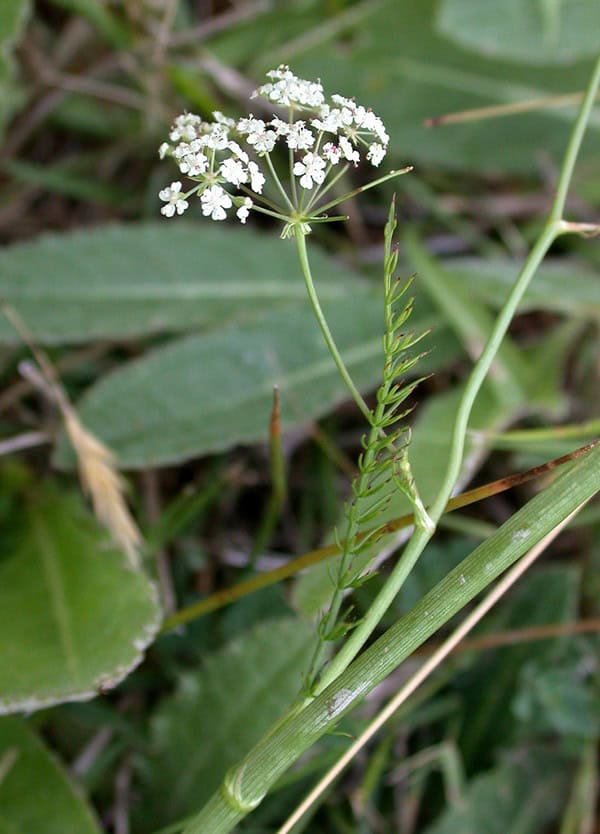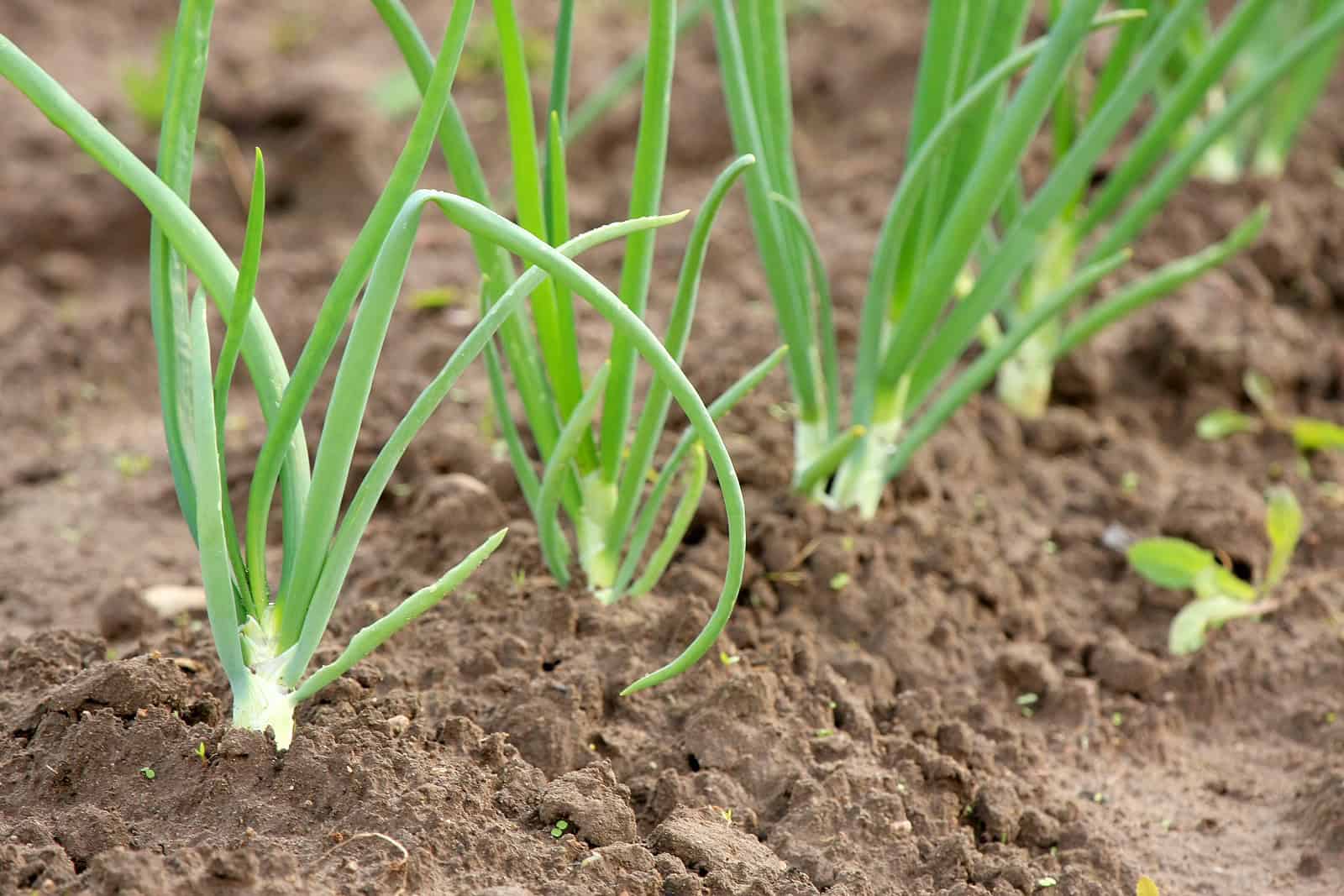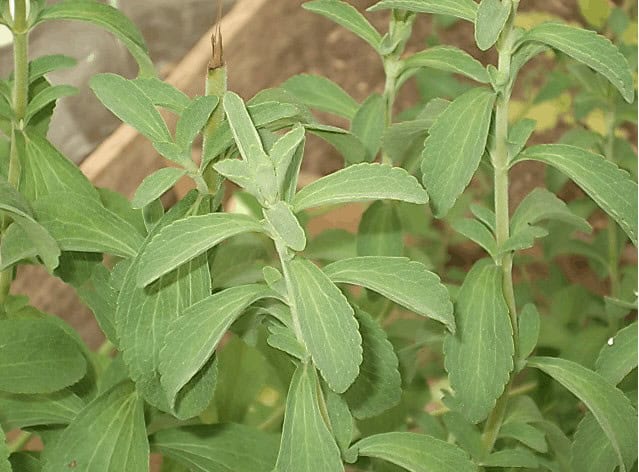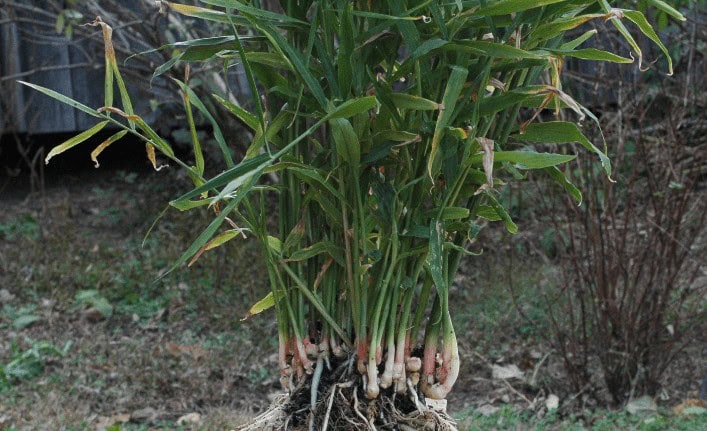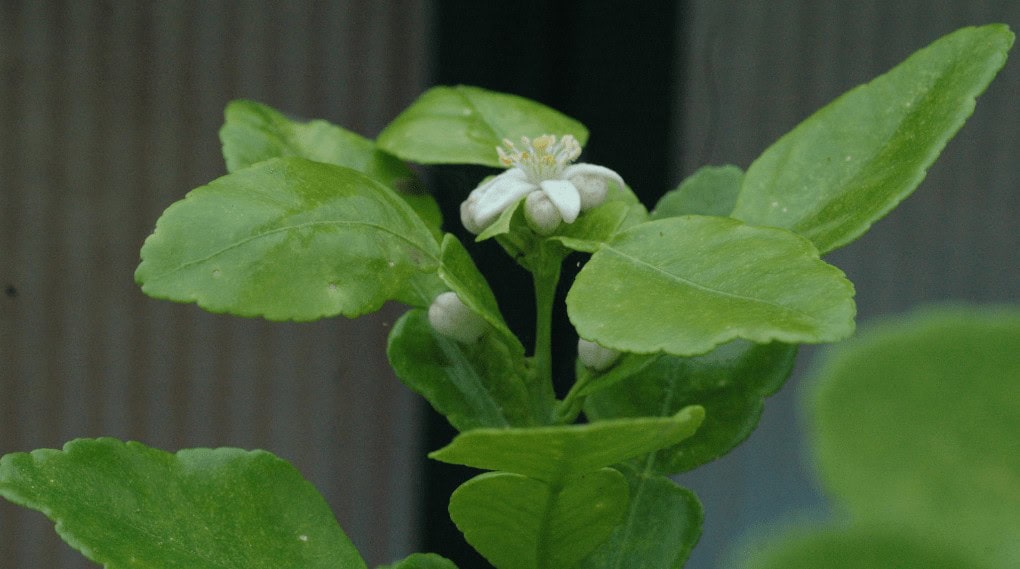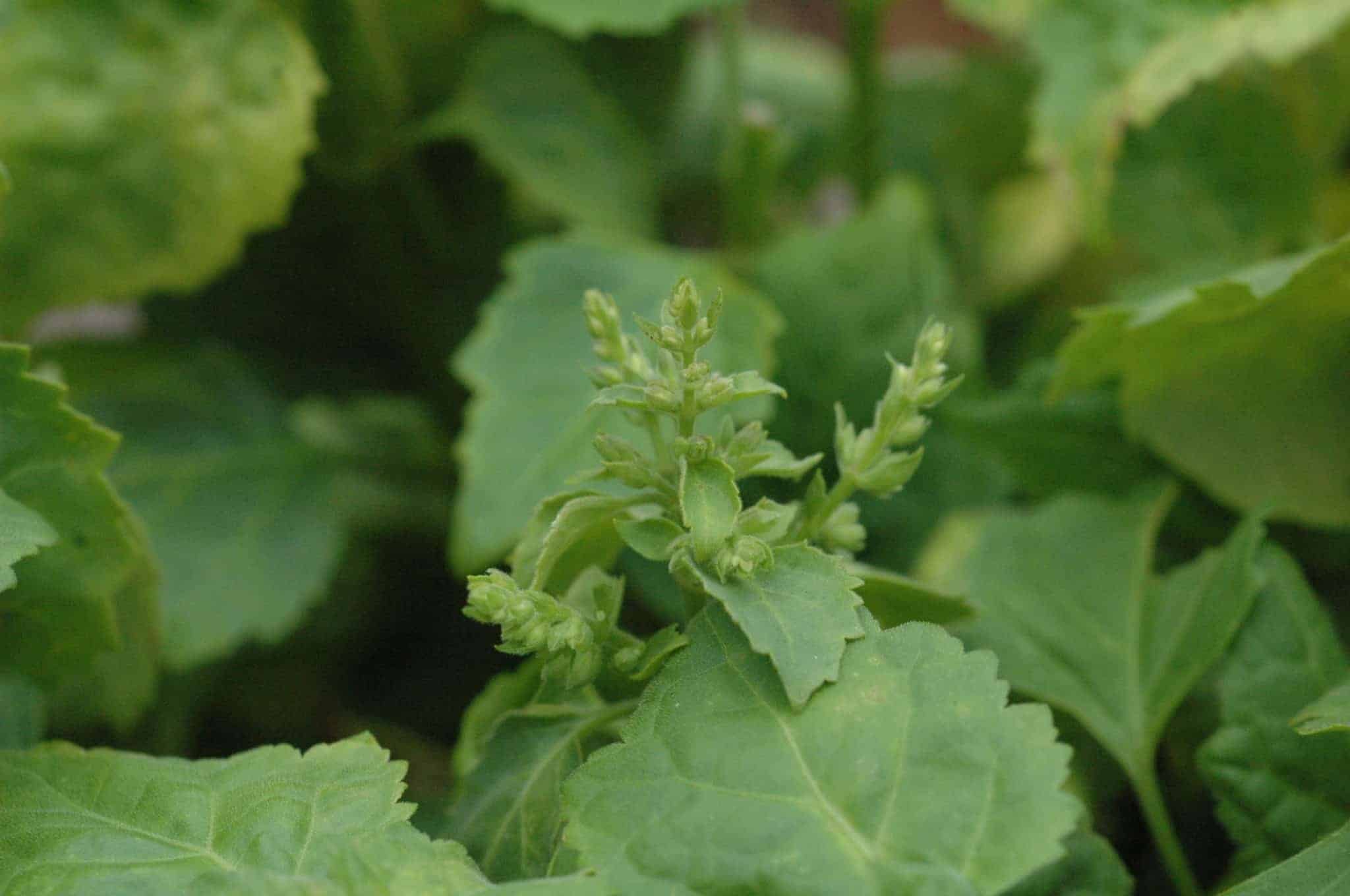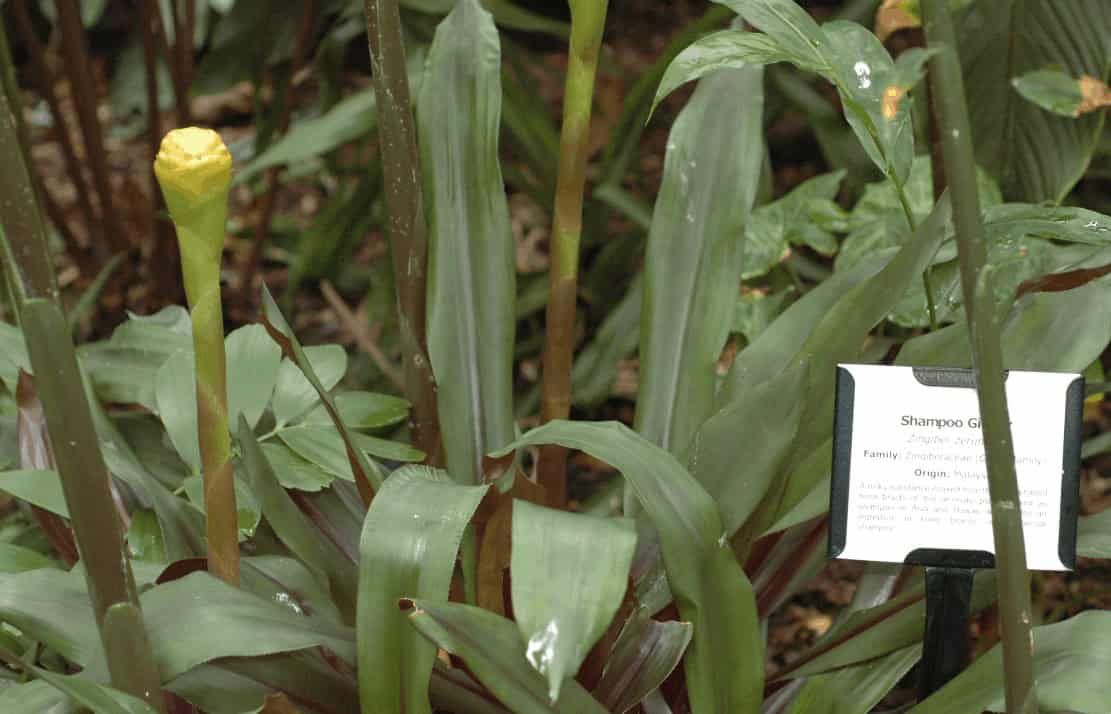Indoor gardening offers numerous benefits, including the ability to cultivate a variety of herbs and spices right in your own home. Many popular options like Chives, Lemon Balm, Marjoram, Mint, Oregano, Parsley, Rosemary, Sage, Thyme, Basil, Cilantro, Bay, and Tarragon can thrive indoors, making them excellent choices for beginners. However, if you’re looking to expand your indoor garden beyond these staples, it’s essential to understand what factors influence their growth.
By considering factors like light, temperature, and moisture, you can create a personalized list of plants that will flourish in your home. To inspire your next steps, I’ve compiled a list of 11 versatile homestead herbs and spices that can be successfully grown indoors. Not only will this list provide valuable insights into their cultivation, but it will also offer tips on how to utilize these plants in your daily life.
Criteria for Selecting Indoor Plants
When it comes to selecting plants for indoor cultivation, many gardeners opt for species that can adapt to conditions with limited natural light exposure. This often means choosing varieties that are tolerant of indirect light or partial shading, as opposed to those that require direct sunlight to flourish.
Sunlight Requirements
By cleverly incorporating daylight-rated light fixtures strategically throughout your home, you can actually create an environment that supports the growth of full-sun loving plants indoors. This eliminates sunlight as a limiting factor for plant selection.
While using artificial lighting does increase your electricity bill, it’s essential to consider this expense when making a decision.
Additionally, consider implementing timers to ensure the lights turn off at night and turn on with the morning light, which is crucial for optimal plant health. When calculating costs, be sure to factor in these additional expenses before committing to full-sun plants.
Temperature – Hot or Not?
When it comes to choosing indoor plants, temperature preferences play a significant role. Plants that thrive in cooler conditions below 65℉ tend to do poorly in homes where the temperature is consistently warmer than that. Similarly, plants that prefer temperatures above 80℉ often struggle when kept indoors unless you have a hot house environment. However, there are creative solutions to create microclimates that cater to these preferences.
For instance, painting a full sun window ledge black can absorb and redirect heat to warm the soil, while electric heaters can be used for tropical plants. On the other hand, installing water features or fans can cool down areas. If you’d rather avoid creating microclimates altogether, focus on selecting plants that are comfortable in your home’s typical light conditions and temperature range.
Beyond these factors, there are a few other plant categories that don’t lend themselves well to indoor growth.
Vernalization
Required
When it comes to plants that require vernalization, things can get tricky when trying to grow them indoors. Some species demand a specific number of cold hours to produce a crop, making refrigeration or outdoor relocation necessary to accumulate those chill hours. Typically, vernalization temperatures need to be within the 38-45°F range. However, it’s not uncommon for these plants to lack cold hardiness, requiring additional protection from frost during the process.
Several examples of plants that necessitate vernalization include perennials with chill hour requirements. For instance, many fruit trees and shrubs need a certain number of chill hours to thrive, with some varieties like apples and pears typically requiring over 1,200 hours and olives needing upwards of 300 hours. On the other hand, tropical fruits such as citrus plants don’t require vernalization for crop production.
Biennial plants grown for seeds are another group that often relies on vernalization to produce a viable crop. These plants typically produce leaves in their first year and seeds in their second. For example, Caraway is an easy-to-grow biennial that can thrive indoors in a pot, but it still requires a few weeks of cold conditions, such as on a balcony or in an outdoor garden, to produce seeds.
Deep Pots for Rooted Plants
Indoor gardening requires special care for plants with deep roots. These plants demand spacious pots and ample soil, which can be challenging given the limited space indoors. Moreover, their large roots require significant room and are often difficult to relocate. Taprooted and nutrient-scavenging plants tend to have the longest root systems. For instance, horseradish necessitates up to 2-3 square feet of soil space to develop its substantial roots.
However, if you’re only seeking some peppery leafy greens, you can cultivate horseradish in a smaller pot, similar to growing basil. This flexibility allows for versatility and adaptability in your indoor gardening endeavors.
Day Length Dependent Plants
Some indoor plant challenges come from species that rely on day length to initiate developmental stages. A prime example are bulb-forming onions, whose growth habits are closely tied to the duration of daylight.
For these plants, the typical indoor setup is a bit more complex than simply providing adequate light. To mimic the natural cycle indoors, you’d start by giving your onions 10 hours of light per day until they’ve reached 13 mature leaves – the ideal number for producing large bulbs.
Then, to trick the plants into forming bulbs, you’d gradually increase the light period to 15 hours.
While this method can be employed indoors, it’s worth noting that many other onion varieties thrive in regular light conditions, making them a more straightforward choice for indoor cultivation.
Soil Temperature Requirements
When it comes to indoor gardening, one crucial aspect to consider is the unique needs of soil temperature-dependent plants. Since most homes maintain a consistent temperature throughout the year, these plants may struggle to thrive due to the lack of seasonal cues. For instance, fall-blooming flowers typically rely on both declining soil temperatures and daylight hours to induce flowering.
However, replicating these conditions indoors can be challenging, which may result in subpar performance from these types of plants.
With this knowledge, let’s shift our focus to some exciting examples of plants that can thrive in indoor environments. While it’s essential to avoid soil temperature-dependent species, there are many other options that can flourish under the right conditions.
Stevia
Stevia is a versatile perennial that can thrive indoors or outdoors. Its delicate nature allows it to be grown in containers, reaching heights of around two feet when mature. This sweetness-inducing plant is commonly used to enhance the flavor of tea blends and can even be brewed to create a simple syrup. When cultivated in 1-gallon pots, regular harvesting helps keep the plant compact, making it ideal for indoor spaces.
While Stevia grows well during its first two years, I find that older plants become more vulnerable to indoor pests, prompting me to replant after this period.
Leaf Celery
While stalk celery is a well-known ingredient, leaf celery offers a unique twist. This compact plant produces hollow, flavorful stems that can be harvested repeatedly, making it an excellent choice for repeat harvesters. What’s more, leaf celery comes in a range of vibrant colors like pink and lime green, adding a pop of color to any room. To maximize its potential, I grow three plants together in a 1-gallon pot, taking turns harvesting each plant to ensure they all get a break between cuttings.
Sweet Cicely
Sweet cicely is an herb from yesteryear that presents a unique challenge when starting from seed. The seeds demand a prolonged period of stratification to overcome dormancy, and they don’t fare well when stored. As such, it’s crucial to source them from a reputable supplier to guarantee optimal germination rates.
Once germinated, however, sweet cicely proves to be an easy-going plant that thrives in indoor environments or outdoor conditions similar to leaf fennel.
The leaves’ sweet licorice flavor makes them a delightful addition to salads, while they can also be sautéed with other greens or deep-fried as part of a savory herb appetizer.
When cultivating this plant, it’s essential to provide a minimum 1-gallon pot, or slightly larger, due to its potential for tall growth. Regular harvesting of leaves will help keep the plant manageable, but its delectable flavor often renders this concern moot.
Lemongrass
Lemongrass is surprisingly easy to cultivate indoors, where it thrives with moderate temperatures. However, if your home leans towards the cooler side, its growth may slow down slightly. To encourage a more robust performance, simply place the pot on a dark-colored surface or near a sunny window to absorb some direct heat. This tweak can make all the difference in stimulating healthy growth and productivity.
When it comes to pot size, larger is generally better for lemongrass.
I recommend aiming for a 2-gallon container at the minimum to ensure sufficient room for root development and overall plant health.
Ginger
You don’t need a green thumb to grow ginger indoors, and with some basic knowledge, you can enjoy a bountiful harvest. While large pots are ideal for producing substantial quantities of ginger, it’s also possible to cultivate it in smaller containers – albeit with different expectations. If you’re looking to harvest the above-ground stalks rather than the prized rhizomes, a 1-gallon pot is sufficient to yield a good leaf production.
This is similar to lemongrass, where cut stems can be regrown, and the new growth can be harvested repeatedly. To further enhance leaf production, consider placing the potted ginger on a dark surface or in a black pot to warm the soil, much like the way some plants thrive under shade. With this approach, you’ll experience faster production and enjoy a continuous supply of fresh ginger.
Tulsi/Holy Basil
Tulsi, also known as Holy Basil, thrives in indoor environments when provided with the right conditions. When grown in direct sunlight and high temperatures, it tends to bloom rapidly. However, when placed in filtered window light within a climate-controlled setting, leaf development is prolonged. By pinching off the growing tips, you can encourage bushy growth and create a lush, full plant.
This makes it ideal for indoor cultivation, where a few plants can provide a steady supply of fresh leaves for making caffeine-free tea, reminiscent of traditional chai blends. Additionally, Tulsi’s compact root system allows it to coexist harmoniously with other plants in a shared container, making it possible to pot four plants together in a 12-inch space and create a stunning display.
Kaffir Lime
Kaffir lime leaves are an integral component in many Thai culinary masterpieces. While the fruit itself is technically edible, its usage is largely limited to cooking with curries, soups, and meat dishes. This is because the leaves possess a unique flavor profile that elevates these traditional Thai recipes. When it comes to cultivating kaffir lime trees indoors, it’s essential to provide them with bright sunlight.
This will not only help maintain their compact size but also encourage leaf growth, making it easier to harvest the prized leaves for cooking purposes. In this sense, kaffir limes can be grown more like a shrub than a tree, allowing for convenient access to the prized foliage.
Part Shade or Indirect Light
While these plants may not demand the intense, direct sunlight that some others need, it’s still crucial to provide them with ample indirect or afternoon sunlight to foster optimal growth and development.
Culantro
While culantro shares some similarities with cilantro in terms of taste, it has a distinct advantage when it comes to its growth habits. As a biennial, culantro is less likely to bolt or turn bitter as easily as cilantro does. When cultivated indoors, it’s best to treat this plant as an annual and harvest its leafy greens. One key consideration for indoor cultivation is temperature – culantro prefers warmer conditions and can be sensitive to cold drafts.
As such, it’s essential to keep the plant away from air conditioner vents or other chilly areas of your home. To maximize yields and enjoy a steady harvest, consider growing multiple culantro plants together in a window box-sized planter.
Vanilla
Growing vanilla indoors requires some effort, but with the right conditions and techniques, it’s a rewarding experience. You’ll need to provide a spacious container that allows the plant’s vining habit to thrive, supported by a sturdy trellis that can accommodate its upward growth. Additionally, maintaining high humidity will be crucial in keeping your vanilla plant happy.
With patience being a virtue, you’ll also need to employ good pollination techniques, as it takes several years for the plant to flower and nearly a year for the fruits to mature. During the bloom period, you’ll need to manually pollinate each flower daily. While this may seem like a significant investment of time and effort, the payoff is well worth it – with proper care, your vanilla plant can produce an abundance of beans for over 40 years!
Shiso/Perilla
Shiso, also known as perilla, is a member of the mint family that is commonly used in Asian cuisine. Its vibrant red or green varieties can add a pop of color to salads, ferments, and stir-fries. While I enjoy experimenting with both colors, there’s something special about the deep, rich burgundy hue that adds an air of sophistication to any dish.
What really gets me excited is using shiso to create homemade cordials.
Not only does it impart a beautiful color to the liquor, but its unique flavor profile – think camphor, anise, tangy, and sweet notes – elevates the entire drink. To make a statement with this plant, I recommend growing three in a 1-gallon pot, where they can thrive in full sun or, even better, dappled indirect light. The latter will result in richer colors and more intense flavors.
Useful Non-Edibles
While it’s true that not all herbs grown indoors can be consumed, there are still several varieties that offer significant homesteading benefits. These plants don’t provide sustenance in the classical sense, but they do serve a purpose that can enhance your indoor gardening experience and overall well-being.
Patchouli
Patchouli, a fragrant herb, offers various uses for its essential oils. The leaves can be harvested and used in potpourri blends or applied directly to the skin as a natural perfume. Additionally, the dried leaves can be burned, similar to sage smudging, to infuse your home with a calming aroma. When it comes to growing patchouli, it thrives in bright sunlight and requires at least a 1-gallon pot.
Like other mint family plants, regular pruning of the tips is necessary to prevent the plant from becoming leggy indoors. As the plant matures, older leaves may develop a yellowish tint, but this does not impact overall health as long as you continue to harvest them, allowing younger, greener growth to receive sufficient light.
Shampoo Ginger
As I strolled through the Aviary at the North Carolina Zoo, I was struck by a peculiar sight – Shampoo Ginger, a tropical plant that thrived in the shade of its larger counterpart. Its adaptability to indirect light made me envision it as an ideal indoor companion. Little did I know, this ginger variety has more to offer than meets the eye. In the fall and spring, it remains dormant, only to burst forth with fragrant leaves in late spring.
These aromatic wonders are often used in traditional underground cooking methods, such as imu-style pork. Come summer, cone-like flowers emerge, emitting a captivating aroma that’s perfect for crafting homemade shampoo or conditioner recipes. While it’s edible, Shampoo Ginger is more commonly employed for its intoxicating scent rather than its flavor profile.
Soapwart
While some consider this plant an invasive weed when grown outdoors, its natural tendencies are tempered indoors by pot size and reduced light conditions. This plant’s exuberance for spreading is reined in, making it a more manageable and controlled entity. One of the unique features of this plant is its leaves, which are rich in saponins – the same compounds that create soap bubbles.
For quick hand washing, you can tear off individual leaves as needed or harvest larger quantities to create your own homemade liquid soap by extracting the saponins from the leaves.
Indoor Plant Care
When it comes to caring for indoor plants, there are some key differences compared to tending to outdoor ones. A primary concern is providing adequate fertilization, as these plants don’t have access to large soil areas. Additionally, since they’re not exposed to natural rainfall, regular watering becomes crucial.
To ensure your potted plants receive even sunlight distribution, it’s essential to rotate them regularly.
Moreover, be mindful of the changing light patterns throughout the year – a sunny window in summer may turn into a shaded spot during winter due to the roof’s angle. It’s also vital for indoor plants to experience darkness, which can be achieved by synchronizing your lighting with the natural world outside. By doing so, your plants will rest better and live longer.
Expand Your Indoor Garden
With the groundwork laid, you’re now poised to cultivate a thriving indoor garden featuring 13 edible and practical plant species. Alternatively, take this opportunity to curate a personalized list of your favorite plants, carefully evaluating their potential for success in your indoor space. As you embark on this journey, may your home become a vibrant oasis that harmoniously blends the beauty of nature indoors and out.
